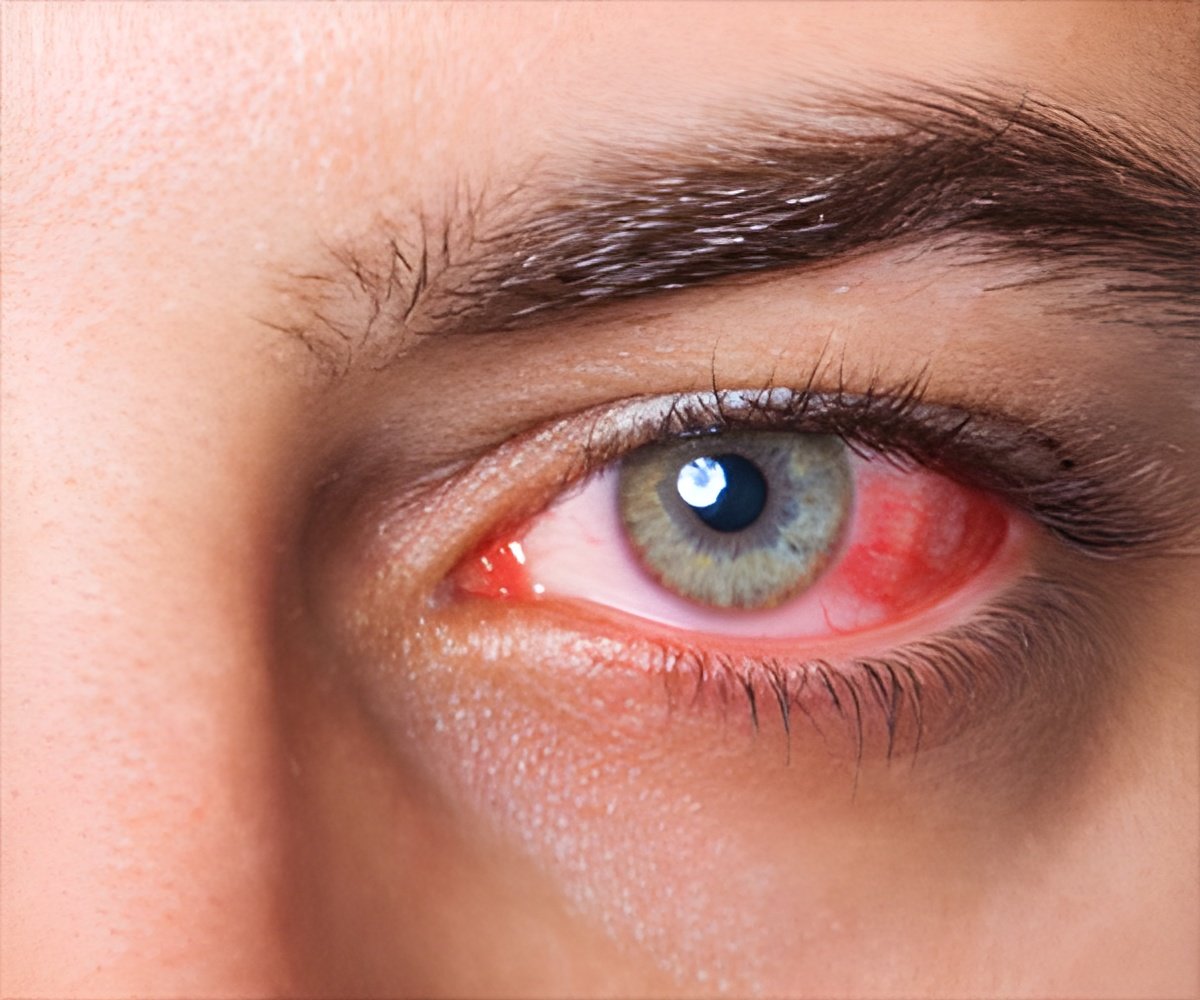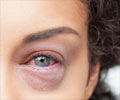Oral corticosteroids and immunosuppression may be a preferable initial choice for therapy of the more severe uveitides.

- Uveitis is the nflammation inside the eye that damages the tissues and can lead to visual impairment without appropriate treatment. //
- Treatment generally calls for taking oral corticosteroid and immunosuppressive medications or regional therapy, with repetitive corticosteroid injections or fluocinolone acetonide implant.
- Patients taking oral medications had better vision on average, compared to those in the implant group.
Uveitis, the fifth leading cause of vision loss in the United States, is a collection of more than 30 diseases characterized by inflammation inside the eye that damages the tissues; without appropriate treatment, it will often lead to visual impairment or blindness.
For more severe cases, treatment generally calls for taking oral corticosteroid and immunosuppressive medications. The alternative is regional therapy, either with repetitive corticosteroid injections or with a surgically placed fluocinolone acetonide implant that releases corticosteroid medication over three years. Since most of the more severe uveitis cases are chronic, long-term therapy is typically needed.
MUST Trial
The Multicenter Uveitis Steroid Treatment (MUST) Trial Follow-up Study followed 215 patients from the original MUST Trial for seven years. The MUST Trial and Follow-up Study were conducted at 21 medical centers across the United States, along with two sites in the United Kingdom and Australia.
At the seven-year mark, the findings showed that patients taking oral medications had better vision on average, compared to those in the implant group. The results differ from the initial MUST Trial findings and from the earlier five-year results of the MUST Follow-up Study, in which the same patients had similar visual outcomes at both time points.
"The implication of these data is that oral corticosteroids and immunosuppression may be a preferable initial choice for therapy of the more severe uveitides," explained Dr. Jabs.
"They have better visual outcomes long-term, fewer ocular side effects, and no apparent significant increase in the risk of systemic side effects, except for the greater use of antibiotics."
While the large majority of both groups maintained good vision at the end of seven years, some patients with the fluocinolone acetonide implant did worse in terms of visual acuity.
Results of the follow-up study show vision loss occurred more often in the implant group due to damage from inflammatory lesions in the back of the eye, which occurred at the time of relapse of the uveitis.
Even though the implant is designed to release corticosteroid medication for three years, the study found that the benefit lasted approximately five years, with relapses beginning at that time. Relapses can be treated with an implant exchange or by switching to systemic therapy.
"Although both treatment approaches control the inflammation in the large majority of patients, for the first five years the implant was better than systemic therapy at controlling inflammation. Hence it has value for those patients where systemic therapy cannot control the inflammation or for those patients who cannot tolerate the oral medications," said Dr. Jabs.
He notes the implant has an important role to play in the management of these diseases. "The visual loss that occurred in the implant group with relapse of the uveitis emphasizes the need of sustained control of inflammation in order to optimize visual outcomes in patients. These patients need close follow-up for reactivation of the inflammation, so that appropriate adjustments to treatment can be made."
Reference
- Douglas Jabs et al., Study demonstrates ability to preserve long-term vision for severe patients with uveitis, JAMA (2017).
Source-Medindia











